Most of us don’t give earwax a second thought—clean it out and move on. But what if that sticky substance is actually trying to tell you something important about your health?
Believe it or not, the texture, color, and even the smell of your earwax can reveal clues about what’s going on inside your body. Here’s how to recognize when your earwax might be sounding an alarm.
First Things First: What’s Normal?
Before diving into the warning signs, let’s talk about what’s perfectly normal when it comes to earwax.
Earwax, or cerumen, is your body’s natural defense system. It helps keep your ears clean, moisturized, and protected from dirt, bacteria, and foreign particles. And depending on your genetics, your earwax can be either dry or wet—both are completely healthy.
- Dry Earwax: Typically light yellow to gray, with a flaky and brittle texture. It often darkens over time as it traps dust and debris.
- Wet Earwax: Usually yellow to brown, sticky, and soft. It can also darken as it collects environmental particles.
If your earwax fits into either of these categories, there’s usually nothing to worry about. But if the color or texture looks unusual, it may be time to pay closer attention.
When Earwax Sends a Red Flag
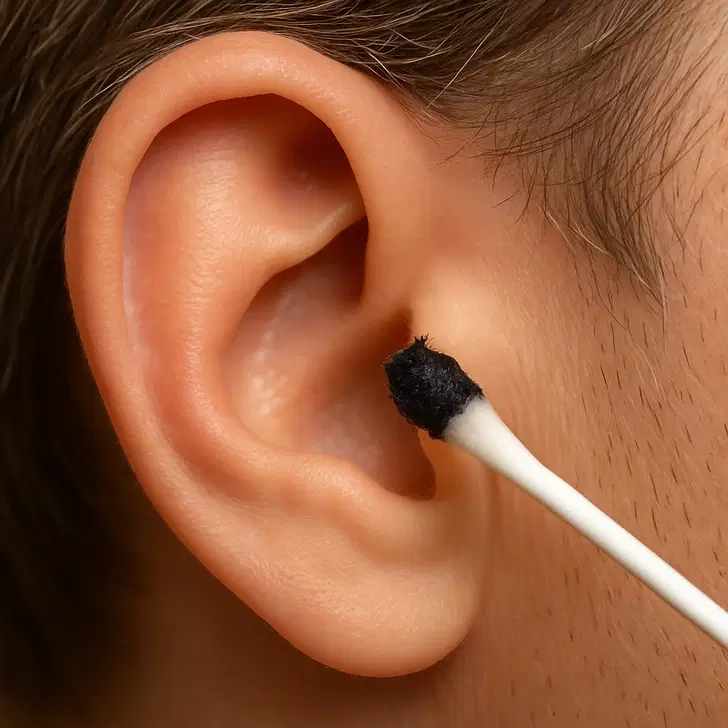
Black Earwax
At first glance, black earwax can seem alarming. But in most cases, it simply means the wax has aged and picked up a lot of debris. Over time, wax can become more compacted and darken to a deep brown or black color—especially if you work in dusty environments like construction or auto repair.
Texture may vary: thick and sticky for wet wax, or dry and hardened for dry wax. Both are typically harmless.
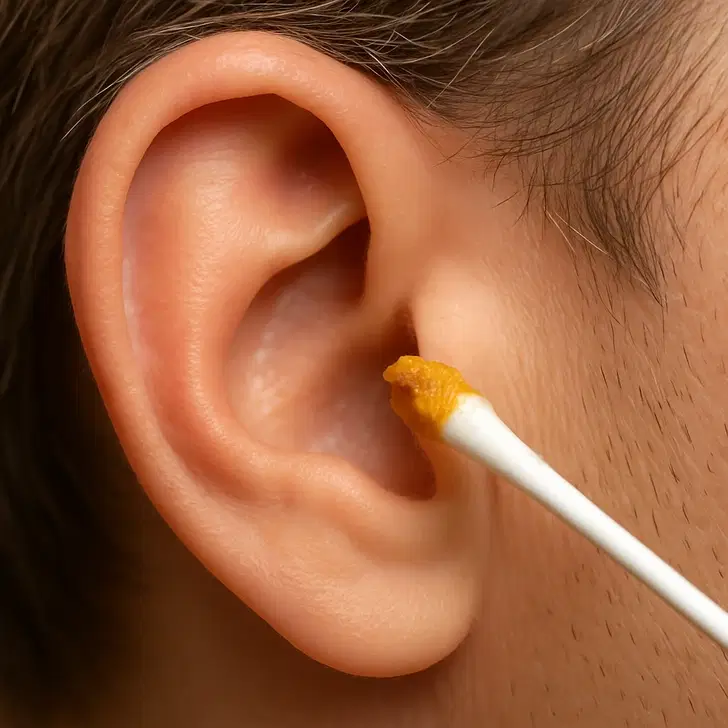
Dark Brown Earwax
Dark brown wax is also considered normal—it usually just indicates that it’s been sitting in your ear for a while. However, if your ears are producing large amounts of wax frequently, it can cause issues like:
- Muffled hearing
- A sense of fullness or pressure
- Occasional dizziness
In such cases, you may need professional wax removal—but steer clear of cotton swabs, which can push wax further in.
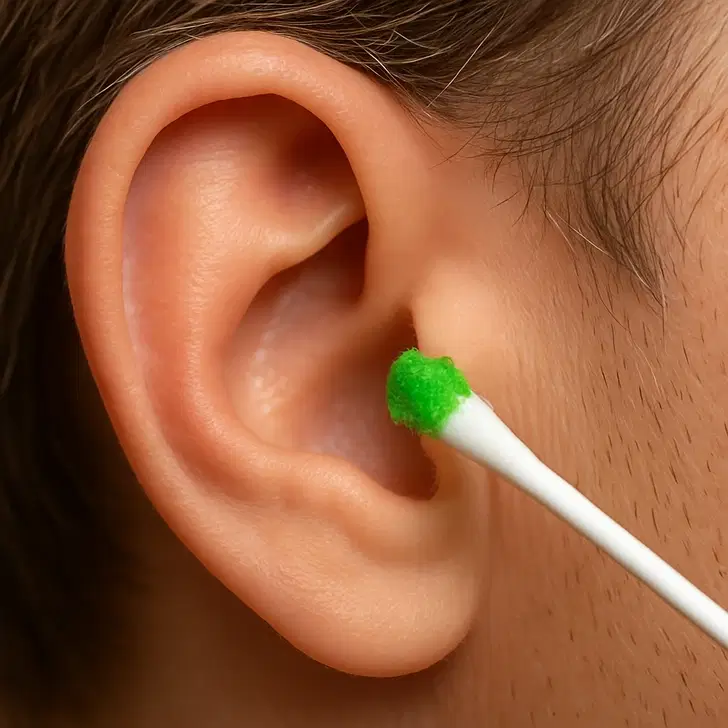
Green Earwax
Green wax isn’t normal and often points to an infection. If the wax has a greenish tint and smells unpleasant, it could be mixed with pus or other discharge. This typically means your body is fighting off a bacterial ear infection.
Other symptoms to watch for:
- Ear pain or pressure
- Fever
- Foul odor from the ear
Prompt medical treatment is recommended to prevent complications.
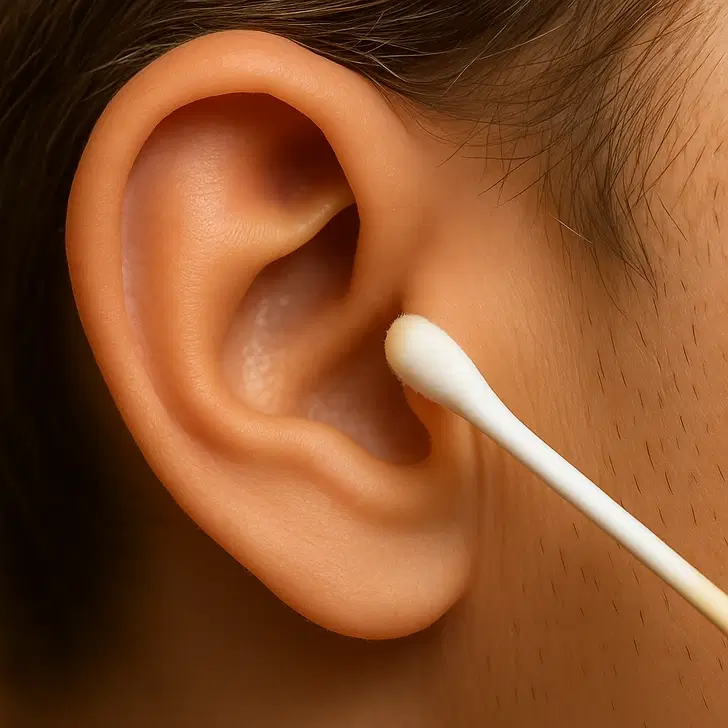
White Earwax
Pale or white earwax can be normal for people who naturally produce dry wax, but sudden changes in color may indicate an issue. Certain ear drops and sprays can also lighten wax, so keep that in mind.
If white wax appears unexpectedly—especially along with discomfort or itching—it could be linked to an infection or a change in your ear’s natural environment.
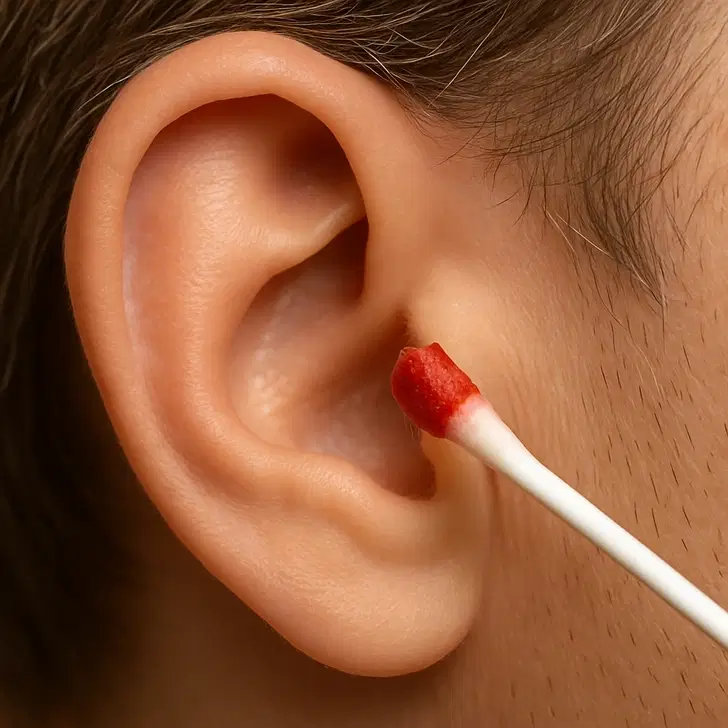
Red Earwax
If you notice red or reddish-brown wax, it often means there’s blood mixed in. This could result from:
- Minor injuries (like scratching the canal with a fingernail or cotton swab)
- Irritation or inflammation
- A more serious condition, such as a perforated eardrum
If the red wax is watery or accompanied by discharge and hearing changes, don’t wait—consult a healthcare professional immediately.
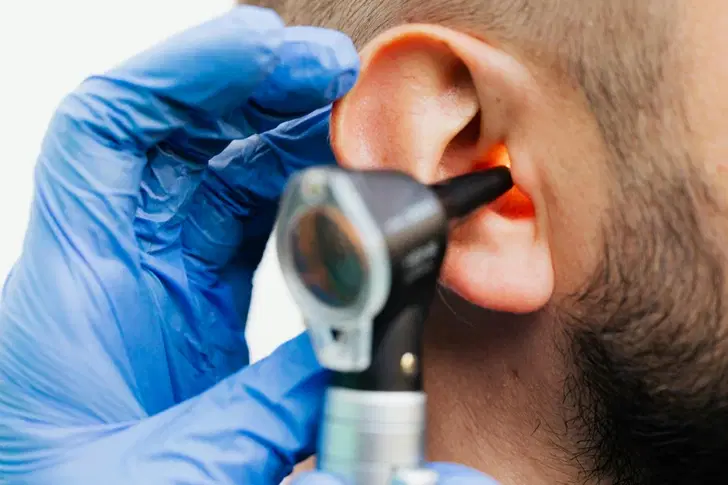
Should You Be Cleaning Your Ears?
In most cases, your ears are self-cleaning. You don’t need to dig around in them unless you’re experiencing symptoms of wax buildup or blockage.
Signs of earwax blockage:
- Ear pain or pressure
- A “plugged” sensation
- Gradual hearing loss
- Tinnitus (ringing in the ear)
- Itching or discharge
- Coughing
Although earwax buildup isn’t common, it can cause discomfort and even interfere with hearing or medical exams. A doctor can safely remove it using gentle tools, irrigation, or suction—no cotton swabs necessary.
Final Note:
Your earwax can serve as a valuable indicator of what’s happening inside your body. Paying attention to changes in color, texture, and smell can help you catch potential issues early—and possibly prevent more serious health problems down the road.
DISCLAIMER: This article is for informational purposes only and is not a substitute for professional medical advice. Always consult a healthcare provider regarding your health and medical concerns.
